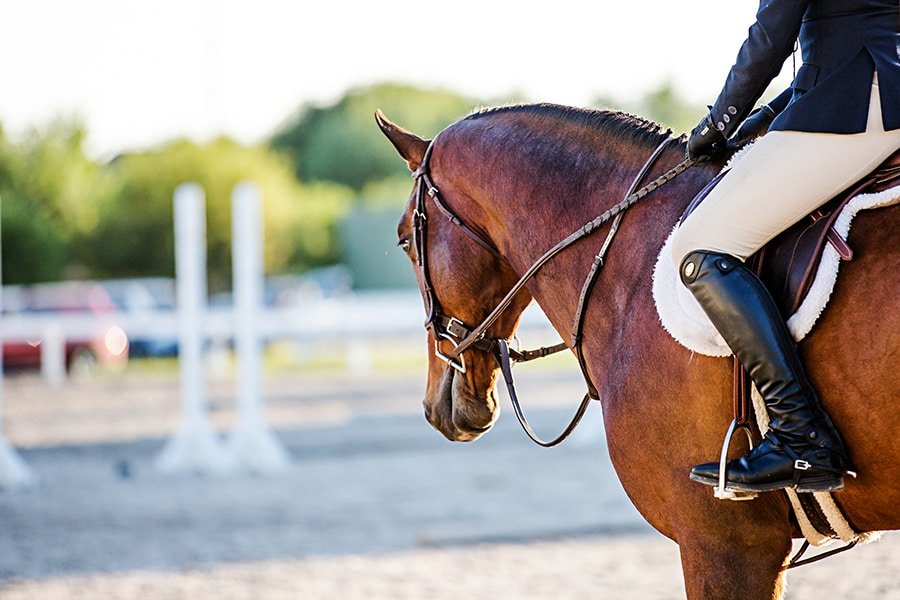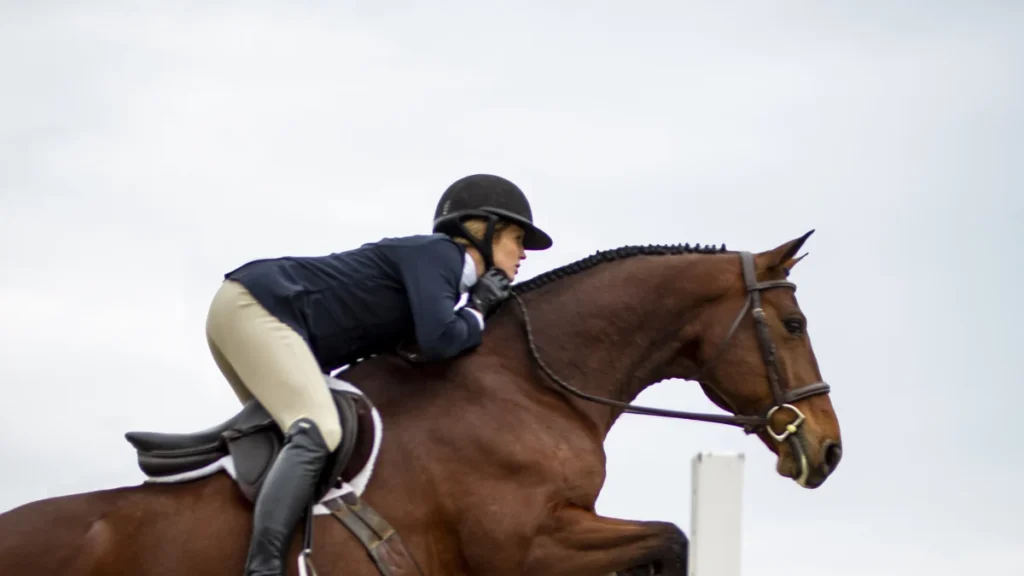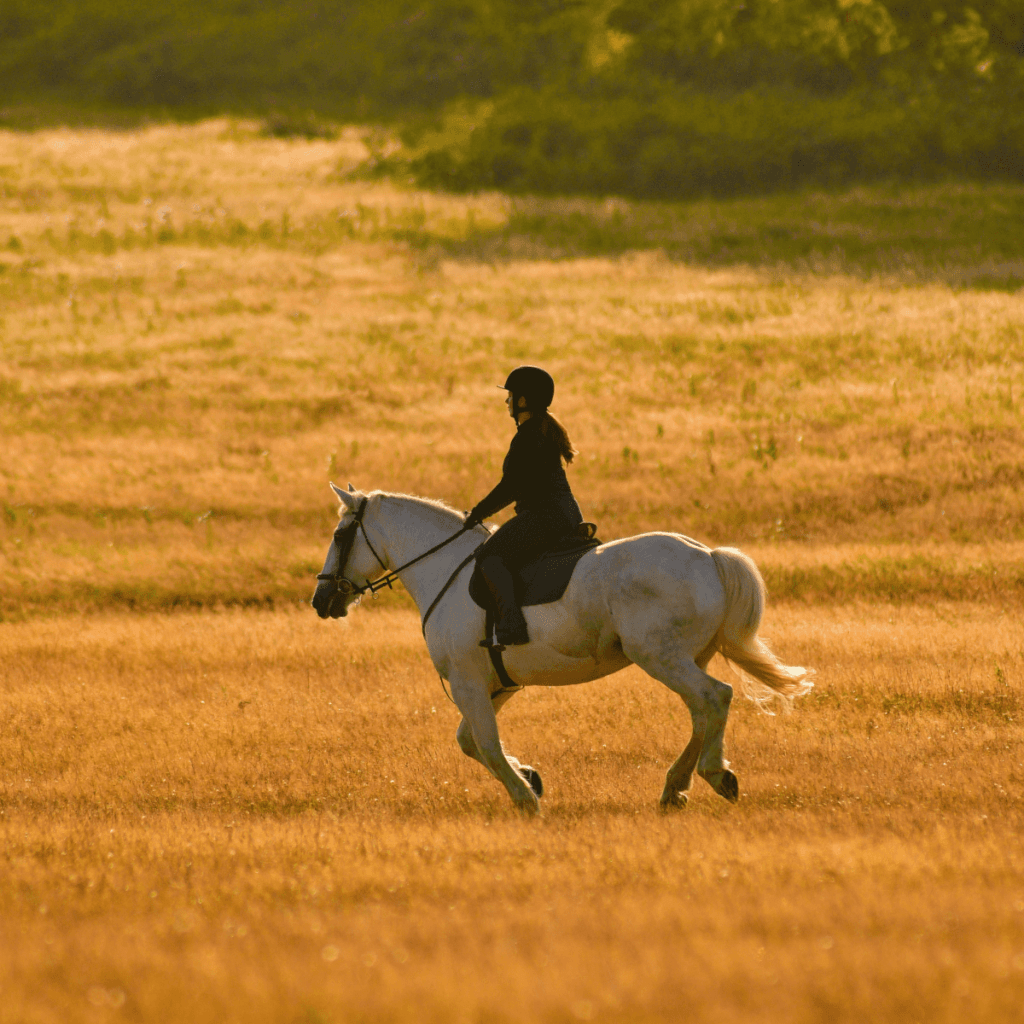Horseback riding is an exhilarating and rewarding experience.
Whether you’re a beginner or an experienced rider, the connection between you and the horse can be incredible.
However, it’s important to approach riding with caution and proper preparation to ensure both your safety and your horse’s well-being. Riding a horse requires knowledge, respect, and care. Before you saddle up, here are some crucial tips to keep in mind to ensure a safe and enjoyable ride.
1. Check Your Horse’s Health and Condition
Before you even think about riding, it’s essential to check that your horse is in good health and ready for the ride. Horses, like humans, have good days and bad days. Ensure your horse is not showing any signs of illness, fatigue, or injury. Check for any swelling, cuts, or discomfort that could affect their ability to perform during your ride. If your horse is injured, sick, or overworked, it’s important to give them the proper rest and care they need. Riding an unhealthy horse can not only put you at risk but can also cause harm to the animal.
2. Wear the Proper Gear
Safety should always come first. As a rider, it’s essential to wear the proper riding gear to reduce the risk of injury. A well-fitted helmet is non-negotiable—it’s your best protection in case of a fall. Even if you’re an experienced rider, accidents can happen, and helmets can prevent severe head injuries.
Additionally, wear sturdy riding boots with a slight heel to prevent your foot from slipping through the stirrup in case of a fall. Comfortable riding pants or breeches are also crucial for preventing chafing during your ride. Never forget gloves, as they help provide a better grip on the reins and protect your hands from blisters.
3. Understand Horse Behavior
Horses are intelligent and sensitive animals, and understanding their body language is key to becoming a successful rider. Before riding, take time to observe your horse’s behavior and mood. Horses can sometimes be nervous, excited, or even stressed out, which can affect how they respond to commands.
If your horse seems agitated or uncomfortable, it’s better to reschedule your ride rather than force it. Approaching your horse calmly and confidently will help build trust and make the ride smoother. Understand the horse’s cues—an anxious or uncomfortable horse will often exhibit signs such as pinned ears, tail swishing, or restless movements.
4. Warm-Up Your Horse Before Riding
Just like humans, horses need to stretch and warm up before any strenuous activity. Ensure your horse has enough time to loosen their muscles and get into the rhythm before you start riding. This is especially important if you’re going on a long ride or will be working the horse hard. You can do this by walking your horse on a loose rein for a few minutes, allowing them to stretch their neck and back.
A proper warm-up can help prevent injuries like muscle strains or ligament damage. If you’re riding in an arena, walking your horse around in circles or doing some light trotting can help get them ready for more intense exercises.
5. Know Your Riding Environment

Whether you’re riding on a trail, in a ring, or at an event, it’s crucial to understand the environment around you. If you’re riding outdoors, be aware of the terrain—watch out for rocks, holes, uneven ground, or any obstacles that could be dangerous for both you and your horse. Outdoor riding, especially on trails, can present unexpected challenges, like wildlife, other riders, or cyclists. Make sure to ride defensively, keeping your distance and being aware of your surroundings.
If you’re in an arena, be cautious of other riders or obstacles in the space. Always maintain control over your horse, especially in busy riding areas. Knowing your surroundings and staying alert can help you avoid accidents and ensure a smooth ride.
6. Don’t Overload Your Horse
It can be tempting to push your horse to go faster or work harder, but it’s essential to recognize your horse’s limits. Overloading or pushing a horse beyond its physical or mental capabilities can lead to exhaustion, injury, and stress. Pay attention to your horse’s energy levels and behavior. If they seem tired, disoriented, or reluctant to continue, it’s a clear sign that you should slow down and allow them to rest.
Additionally, make sure your horse is carrying the appropriate weight for its size and strength. Horses can carry loads, but overburdening them can strain their muscles, joints, and spine.
7. Maintain Proper Riding Technique
Good riding posture and technique are essential for both your safety and your horse’s comfort. Always sit up straight, keeping your shoulders back and your heels down. Holding the reins with the proper tension is also important—too tight, and it can hurt your horse; too loose, and you lose control. Balance your weight evenly on both stirrups, and avoid leaning too much forward or backward. Correct riding posture helps maintain stability, reduces strain on your horse, and prevents you from losing your balance in case of sudden movements.
8. Stay Calm and Confident
Horses can sense their rider’s emotions and body language. If you’re nervous or tense, your horse may also become anxious, which could lead to unpredictable behavior. It’s important to stay calm, confident, and assertive while riding. Horses respond well to clear, consistent commands, so avoid being indecisive. If your horse becomes unsettled, take a deep breath, speak calmly, and try to regain control.
If you’re a beginner, don’t be afraid to ask for help or guidance from an experienced rider or instructor. Confidence is key in building trust with your horse and ensuring a safe ride.
9. Ensure Proper Tack Fit
Before mounting your horse, check that the saddle, bridle, and other tack are fitted properly. Ill-fitting tack can cause discomfort or even pain for your horse, leading to poor performance or behavioral issues. A saddle that’s too tight or too loose can cause chafing or restrict your horse’s movement. A bridle that doesn’t fit well can cause pain in the horse’s mouth or create an unstable connection between you and the horse.
Always check that the girth is properly fastened, stirrups are secure, and reins are in good condition before riding. It’s also helpful to regularly inspect your horse’s tack to ensure everything is in good shape.
10. Know When to Stop
Sometimes, the best thing for both you and your horse is knowing when to stop. If you’re tired, your horse is showing signs of fatigue, or if something feels off during your ride, it’s okay to call it a day. Over-riding or pushing your horse when they’re not at their best can lead to injuries or create stress. Always be mindful of how both you and your horse are feeling during and after the ride.
Ride with Care and Confidence
Horseback riding is an incredibly rewarding experience, but it comes with responsibilities. By following these important tips and ensuring both you and your horse are well-prepared, you can enjoy a safe and enjoyable ride every time. Remember, horses are strong, sensitive creatures, and the better you understand their needs and behaviors, the more successful and safe your rides will be.
Happy riding, and always ride with care!




